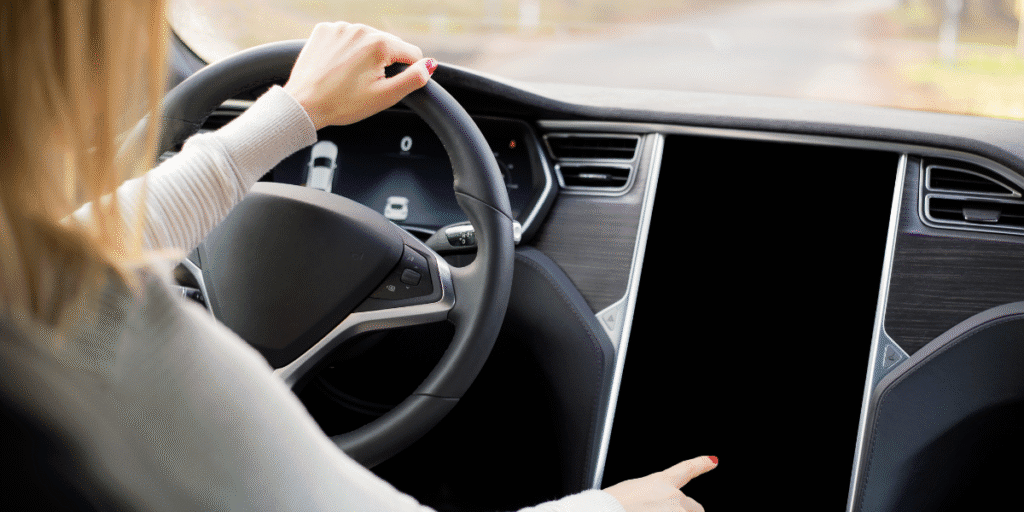On February 25, 2022, Tesla made an exciting announcement that marked a pivotal moment in the evolution of self-driving technology. The company revealed that its Full Self-Driving (FSD) Beta software would now be made available to more Tesla owners. This update, spearheaded by CEO Elon Musk, was a critical step in Tesla’s ongoing effort to create fully autonomous vehicles. By expanding access to the beta program, Tesla aimed to further refine its system and gather more data to accelerate the development of self-driving cars.
Key Features of the Full Self-Driving Beta Update
1. Improved Navigation for Complex Environments
One of the most significant upgrades in the February 2022 FSD Beta was the system’s enhanced ability to navigate complex real-world driving environments. Prior to this update, Tesla’s Full Self-Driving Beta could handle highways and relatively simple road scenarios. However, the new update took things a step further, enabling the system to navigate more complicated situations like city streets, busy intersections, and tight turns. This improvement made Tesla’s FSD Beta better equipped to manage urban driving, which is one of the most challenging aspects of autonomous driving. The software’s ability to identify traffic signals, stop signs, and pedestrians also saw marked improvements, helping the vehicle make smarter decisions in dynamic traffic conditions.
2. User Interface Enhancements
Tesla also revamped the user interface (UI) in the February update, giving users a more comprehensive view of the car’s surroundings. The system now provided enhanced visualizations of nearby objects, such as other vehicles, pedestrians, and road markings, on the central screen. These changes made it easier for drivers to understand what the car was seeing and how it was responding to its environment. By offering more detailed and intuitive UI features, Tesla aimed to build user trust and confidence in its autonomous driving capabilities. The improved interface was also designed to help users spot potential issues with the system’s decisions, encouraging safer use of the FSD Beta.
3. Safety Features and Emergency Maneuvers
A major point of emphasis for Tesla in the February 2022 update was safety. While Tesla vehicles were already equipped with advanced safety features, the FSD Beta update added even more capabilities to ensure safer autonomous driving. These improvements included more precise emergency braking systems, enhanced collision avoidance features, and better handling of unpredictable driving scenarios. Whether it’s reacting to an unexpected obstacle in the road or braking quickly to avoid a potential collision, Tesla’s FSD Beta became more adept at responding autonomously in high-risk situations. The goal was to make the system not only a tool for convenience but also a dependable safeguard for drivers and passengers.
Expanding Access to the Full Self-Driving Beta
The February 2022 update was also notable for the increased accessibility of Tesla’s Full Self-Driving Beta. Previously, only a select group of Tesla owners were allowed to test out the FSD Beta, and they were chosen based on their driving behavior as monitored by Tesla’s system. However, this update expanded the program to a wider audience of users who had the necessary hardware installed in their vehicles. By opening up access to more drivers, Tesla aimed to gather a larger and more diverse set of real-world driving data, which could then be used to fine-tune the system’s performance.
This expansion also reflected Tesla’s growing confidence in the capabilities of its Full Self-Driving Beta. With more users contributing data and feedback, Tesla could accelerate the development process, eventually moving closer to its goal of achieving fully autonomous driving.
The Debate Over Self-Driving Technology
While the expansion of the Full Self-Driving Beta was met with enthusiasm from Tesla’s supporters, it also reignited concerns and debates about the safety and readiness of autonomous driving technology. Critics questioned whether Tesla was moving too quickly in rolling out FSD features to a broader user base, especially given that the technology was still considered “beta” and required the driver to remain alert and ready to take control at any moment.
Safety advocates raised valid concerns about the ability of the FSD Beta to handle all potential driving scenarios, particularly in extreme weather conditions or complex traffic situations that were difficult to predict. While Tesla’s FSD system had shown significant improvements in certain areas, many still believed that the technology needed further refinement before it could be trusted to drive without human intervention.
Despite these concerns, Tesla continued to make strides in perfecting its self-driving capabilities, consistently pushing the envelope in autonomous driving technology.
Conclusion
The February 2022 update to Tesla’s Full Self-Driving Beta marked a crucial step in the company’s journey toward achieving fully autonomous vehicles. With enhanced navigation, improved user interface features, and stronger safety protocols, the update helped Tesla push the boundaries of what self-driving cars could achieve. However, the expansion of the beta program also sparked debate over the readiness of the technology and the risks involved in its wider rollout. As Tesla continues to refine its Full Self-Driving Beta and expand access to more users, the future of autonomous driving remains uncertain but promising. Only time will tell whether the ambitious goals set by Elon Musk and Tesla will ultimately be realized.
